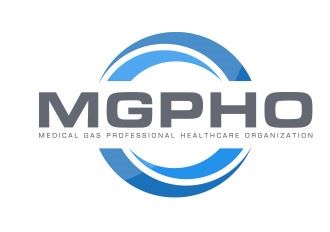There is a huge push to eliminate the piped N20 systems across the country.. I do not know how accurate the studies are but, some folks out west have determined that more than 80% of N20 used is "leaked through the piped system" before it ever gets to the patient?? At least that is what is being told to anesthesia groups.
I am currently in the process of decommissioning all piped N20 systems here at Advocate/Atrium - Charlotte.. The actual decommissioning of the system is not all that complicated - blank off all the outlets, turn off and relabel ZVB, disconnect and relabel master/area, pull tanks off manifold and label not in use. We are not removing the pipe system - the cost would be through the roof.
Anesthesia is not going to stop using N20, they are going to use E cylinders on back of the cart in-lieu of the wall. Where it gets complicated is determining how many extra E cylinders anesthesia will need, where are they going to be stored, who is going to move the cylinders when they need to be changed, at what point will they determine the bottle is "Empty" and change it, etc.?
I have our anesthesia groups simulate the decommission to make sure all of the new processes put in place work prior to turning off the system's. Although not a required gas, we did also reach out the local AHJ, to get their blessing's as well..
Hope this helps, happy to share more if you need more info.

